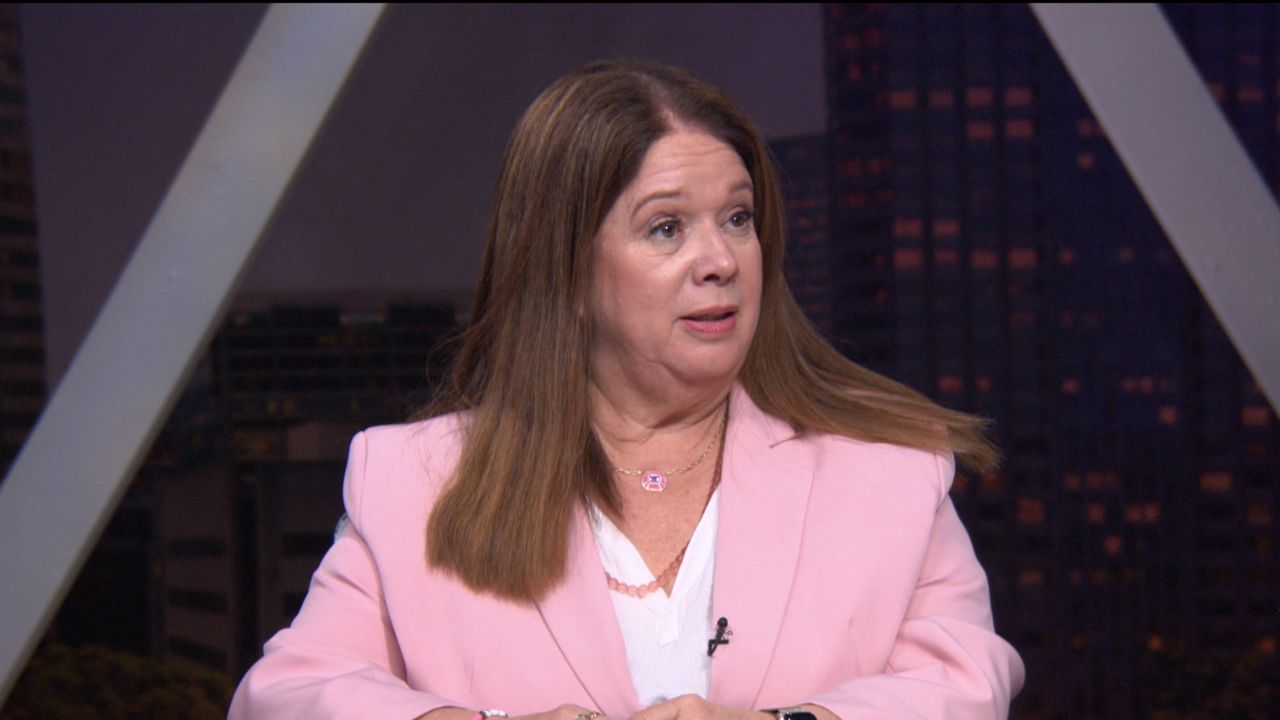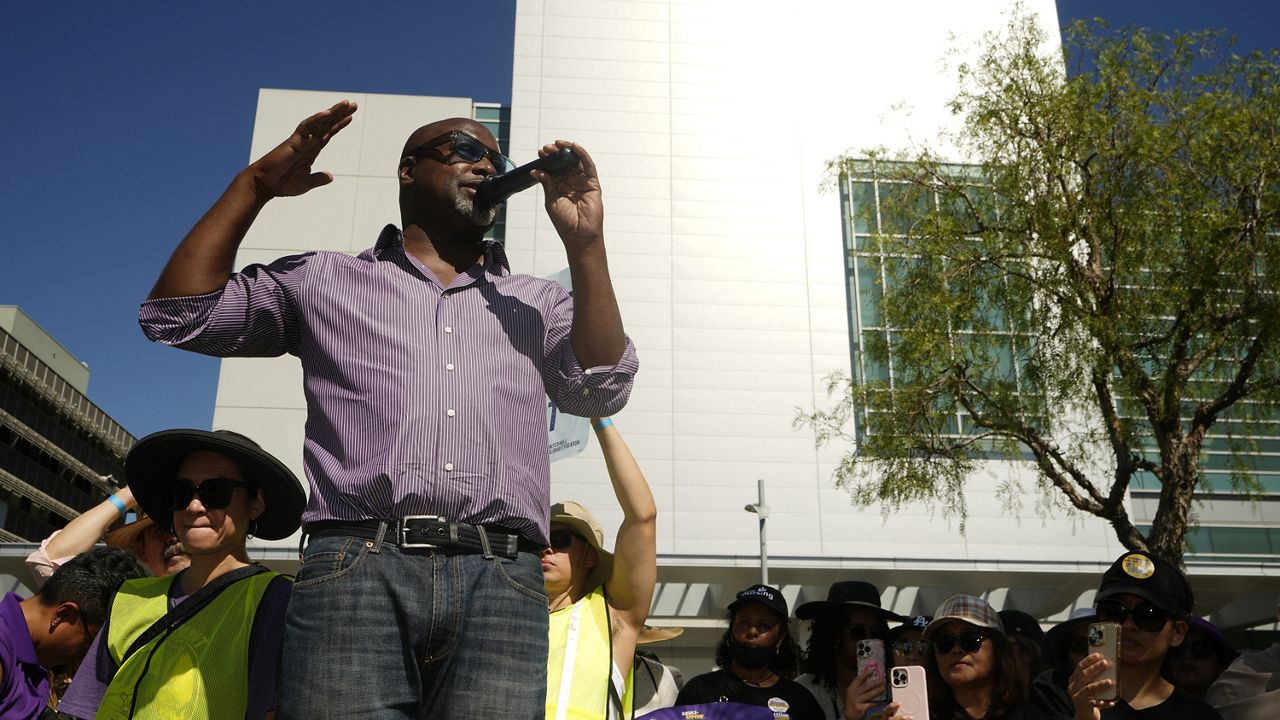LOS ANGELES — At Adventist Health White Memorial Hospital in Boyle Heights, a small device is making a big difference in the fight against COVID-19.
It is part of a treatment known as Nasal High Flow Therapy and offers an alternative to intubating patients and putting them on a ventilator.
"Your odds if you have to go on a ventilator are less than if you don’t," said Dr. Lawrence Brooks, a Pulmonologist and Critical Care Specialist at Adventist Health White Memorial.
The device pumps warm, humidified air into a patients lungs through a nasal cannula, helping them breathe better while their body works to fight the virus. Unlike traditional mechanical ventilators, the nasal high flow is much less invasive. Patients can still talk, eat, and take medication while getting the oxygen they desperately need.
"You walk by their room; they’re on the phones with the family. They are FaceTiming. One guy I know is gambling online, playing poker," Dr. Brooks said.
This particular treatment started long before COVID, but the company behind the device said the pandemic caused demand to soar both in Southern California and across the country.
"Hospitals that may have had tens and tens of high flows now have got hundreds of high flow units," said Chris Hutchinson, Director of Clinical Affairs for Fisher and Paykel Healthcare, which manufactures the device.
"The sort of work that we’d normally do in a year’s period of time, we’ve been doing that in sort of a couple months," Hutchinson said.
In the early days of COVID, Hutchinson said many doctors and nurses relied on the same practices they used during the SARS outbreak in 2003 but quickly realized this virus acted differently, and they needed to change course.
"There was a high mortality rate. Many patients were not coming off mechanical ventilation and they sort of took a step back and revised and reviewed what they were doing," Hutchinson said.
As a result, he said this alternative therapy became the primary option. Nasal high flow patients have reported faster recovery times and reduced stays in the hospital, freeing up much needed space in the ICU, now reserved for the direst COVID cases.
"I think it may change sort of the way that we handle respiratory failure once this pandemic is over because it used to be, 'Oh the oxygen is at a certain level. Let’s put this person on a ventilator.' We don’t think that way anymore," Dr. Brooks said.
Let Inside the Issues know your thoughts and watch Monday through Friday at 8 and 11 p.m. on Spectrum News 1.











